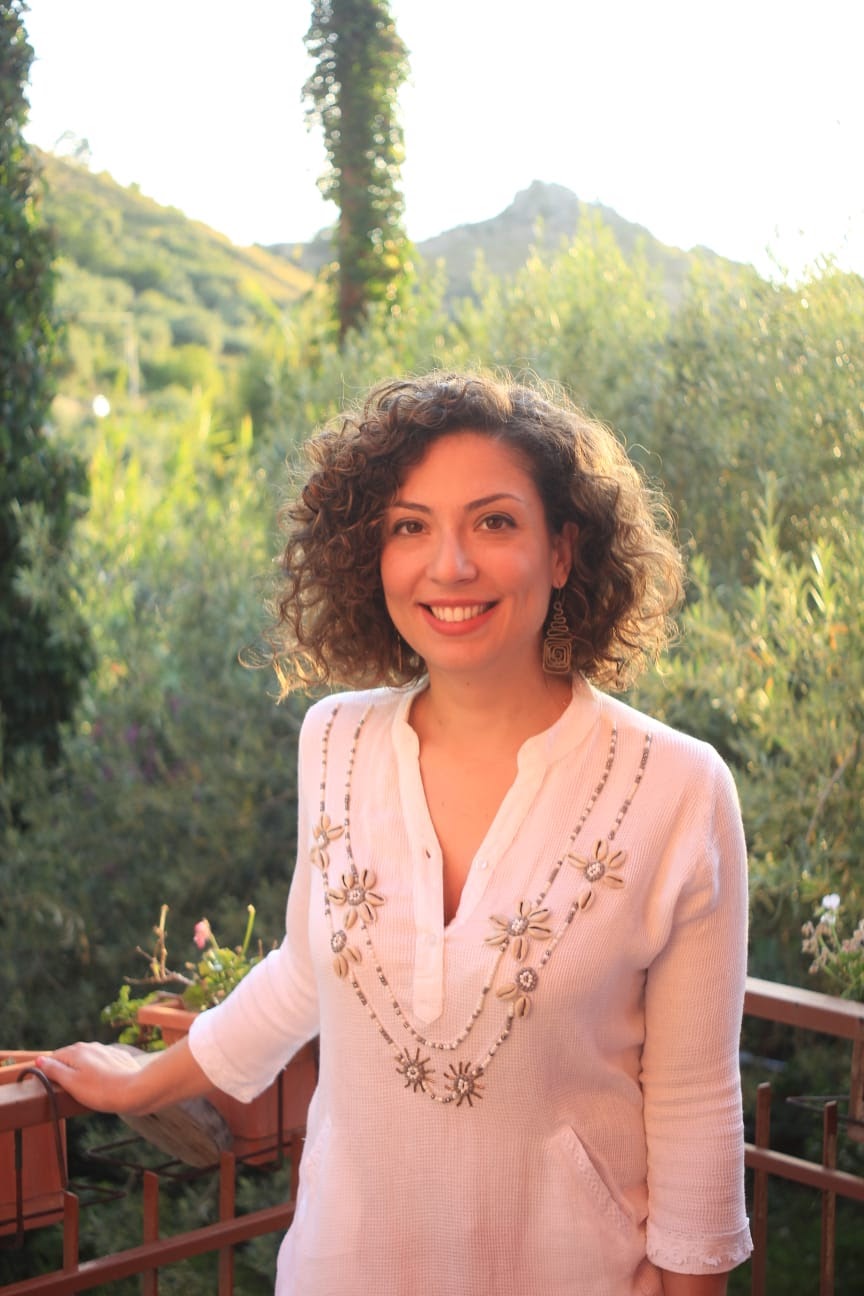BioMaths Colloquium Series – 2022/23
5 April 2023 – 3pm
Join us at 2:45 for coffee tea and biscuits in the Zoology Museum
(Wallace Building – Singleton Campus)
or Zoom (register here)
Dr Valeria Giunta
(University of Sheffield)
Multi-stability in non-local advection-diffusion models

Valeria Giunta obtained her PhD from the University of Palermo, Italy, under supervision of Prof. M.C. Lombardo. Currently, she is a PostDoc at the University of Sheffield.
Her main research interest is the mathematical modelling of population dynamics with applications in biology and ecology.
She uses continuous mathematical models to describe spatial movements of species generated by inter-species interactions, such as immune cells moving towards signalling molecules, prey running away from predators, or species exhibiting mutual avoidance or mutual attraction. These interactions are able to generate spatial patterns in the distribution of species. Her goal is to understand the mechanisms behind the great variety of observed patterns in nature.
Abstract: In many biological systems, it is essential for individuals to gain information from their local environment before making decisions. In particular, through sight, hearing or smell, animals detect the presence of other individuals and adjust their behavior accordingly. Interestingly, this feature is not only restricted to higher level species, such as animals, but is also found in cells. For example, some human immune cells are able to interact non- locally by extending long thin protrusions to detect the presence of chemicals or signaling molecules. Indeed, the process of gaining information about the surrounding environment is intrinsically non-local and mathematically this leads to non-local advection terms in continuum models.
In this seminar, I will focus on a class of nonlocal advection-diffusion equations modeling population movements generated by inter and intra-species interactions. I will show that the model supports a great variety of complex spatio-temporal patterns, including stationary aggregations, segregations, oscillatory patterns, and irregular spatio-temporal solutions.
However, if populations respond to each other in a symmetric fashion, the system admits an energy functional that is decreasing and bounded below, suggesting that patterns will be asymptotically stable. I will describe novel techniques for using this functional to gain insight into the analytic structure of the stable steady state solutions. This process reveals a range of possible stationary patterns, including regions of multi-stability. These will be validated via comparison with numerical simulations.
